Industrial camera is the core component of image acquisition in machine vision system, which has the advantages of high resolution, high frame rate and high transmission capacity, and has a wide range of applications in industrial manufacturing.
Based on different criteria, industrial cameras can be divided into different types, under these classification criteria, industrial cameras also have different application directions.
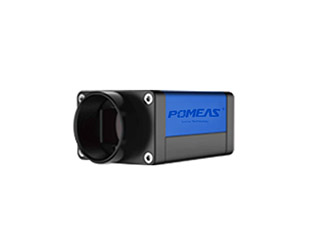
1. According to the different types of sensors, industrial cameras can be categorized into CCD cameras and CMOS cameras.CCD industrial cameras are relatively more advantageous in terms of resolution performance, while CMOS industrial cameras are more advantageous in terms of energy consumption and manufacturing costs.If the customer's demand is in the low price, low energy consumption, etc., you can use CMOS industrial cameras, while the customer's demand is in the high resolution, high sensitivity, etc., then the CCD industrial camera is a better choice.
2. According to the different types of signal output, industrial cameras can be divided into analog cameras and digital cameras.Analog industrial cameras output signals that are analog and need to be converted to digital signals, while digital cameras output signals that are directly digital.Digital industrial cameras have many performance advantages such as high resolution, high frame rate, low noise, etc., which can well meet the different needs of different users.
3. According to the output image color can be divided into black and white cameras and color cameras:Under the same resolution, black and white industrial cameras are more accurate than color industrial cameras, and when detecting image edges, black and white industrial cameras have better imaging results.If the items to be processed are related to the color of the image, color industrial cameras work better.
There are different classifications of industrial cameras and they have a wide range of applications. In manufacturing, they can clearly obtain images of workpieces, accurately locate the position of workpieces, and help staff to quickly complete their work;Helps to see microscopic objects and particles in microscopic applications;Industrial cameras are also well used in research, intelligent transportation, aerospace and many other fields.
Product recommendation
TECHNICAL SOLUTION
MORE+You may also be interested in the following information
FREE CONSULTING SERVICE
Let’s help you to find the right solution for your project!


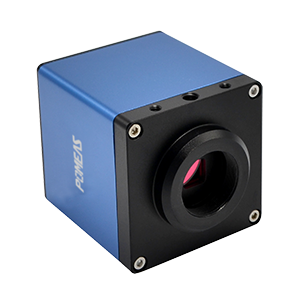
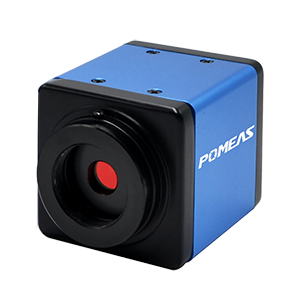

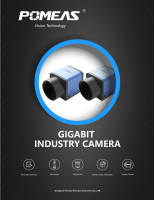

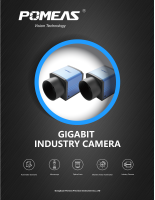
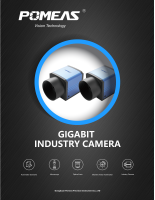
 ASK POMEAS
ASK POMEAS  PRICE INQUIRY
PRICE INQUIRY  REQUEST DEMO/TEST
REQUEST DEMO/TEST  FREE TRIAL UNIT
FREE TRIAL UNIT  ACCURATE SELECTION
ACCURATE SELECTION  ADDRESS
ADDRESS Tel:+ 86-0769-2266 0867
Tel:+ 86-0769-2266 0867 Fax:+ 86-0769-2266 0867
Fax:+ 86-0769-2266 0867 E-mail:marketing@pomeas.com
E-mail:marketing@pomeas.com
